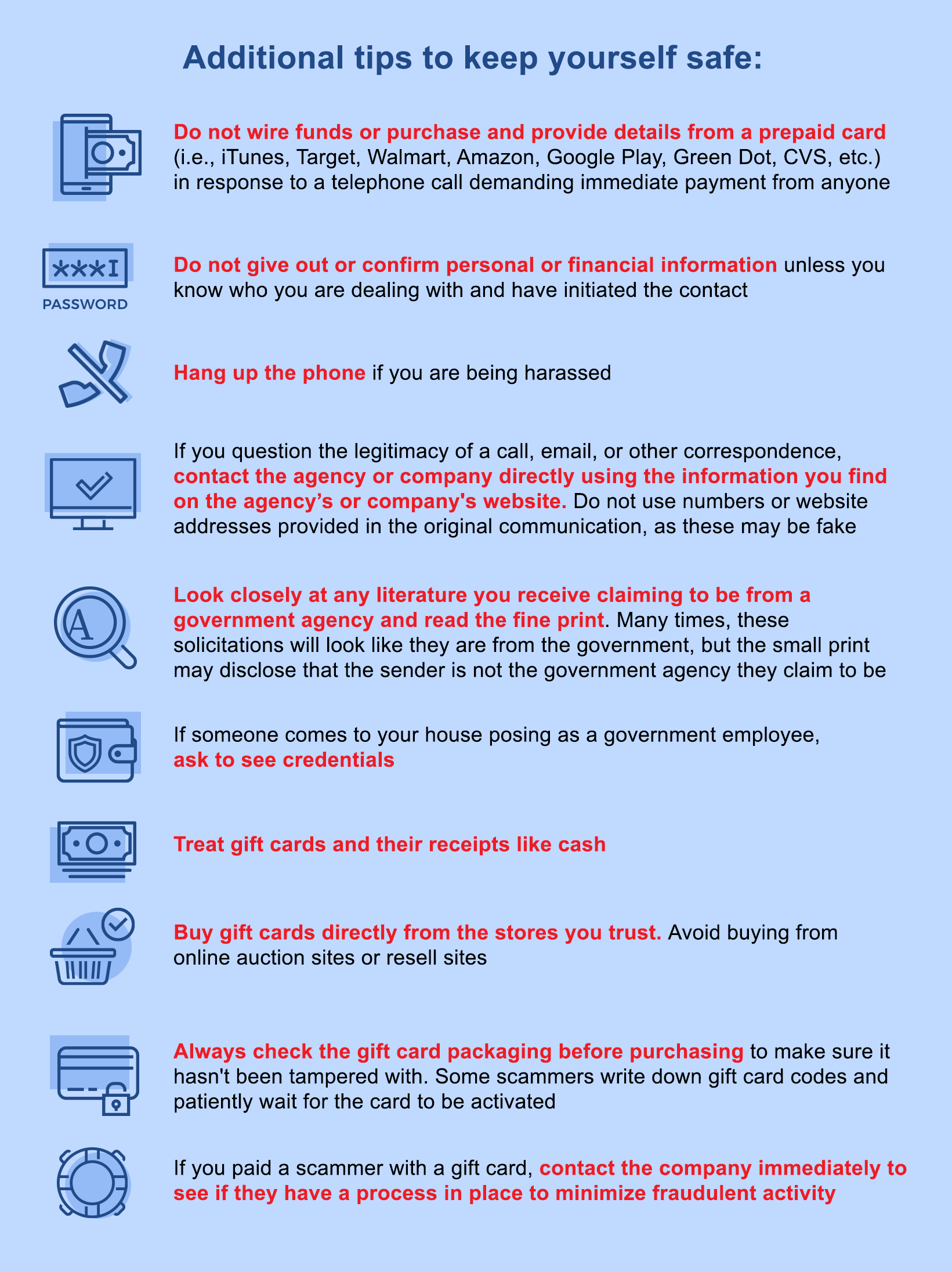Larry Magid: Navigating gifts, giving and online safety
The time between Thanksgiving and the New Year offers many opportunities, including family time, great meals and treats, gift giving and charitable contributions. It’s also a time when children and some adults get a break from school or work.
Tech, of course, plays a role in almost all aspects of the holidays, including researching and buying gifts online, meal planning, finding holiday events for the family and researching and making donations to worthwhile charities.
Gifts
Let’s start with gifts. You’re going to see a lot of online offers during the next few weeks but, before you turn over your credit or debit card, make sure they’re from a legitimate source. If you go to an online store, make sure you spell its web address correctly, and if you don’t know anything about the store, do a little research to see if it’s legitimate. This isn’t foolproof, but searching for the store’s name followed by “scam” will often give you some clues. You should also look for reviews and ratings from legitimate sources such as Google and Yelp, Check for complaints on the Better Business Bureau site, and make sure there are secure payment options. Avoid wiring money or other bank transfers. Use tools such as Whois or Domain Age Checker to see how long the website has been active. A newly registered domain may be riskier.

Paying by credit card is your best bet because of fraud protection. Debit cards typically also have fraud protection, but unlike a credit card, the money is taken out of your account immediately, so you have to apply to get it back if there’s evidence of fraud. Never pay by wire or gift card, unless it’s a gift card issued by the merchant you’re shopping at. If you pay by check, you may have no recourse once it’s cashed. Apple Pay, Google Pay and PayPal are among the legitimate payment services with some fraud protection.
When buying gifts, look for the return policy. Many merchants have extended return windows during the holiday period, but some are better than others when it comes to what they will take back. I like using e-merchants that make returns easy and less expensive, including being able to drop them off at local stores or shipping companies with free return shipping. When I buy gifts for people who live out-of-town, I usually have the merchant ship it directly to the recipient to save having to pay extra shipping costs. I also look to see if there is a box to check that it’s a gift. Amazon, for example, will hide prices on the packing slip and include a free gift message.
Finding just the right gift can be hard, but I’ve gotten good advice from ChatGPT, Google Gemini, Meta.Ai and other generative AI chatbots. Just describe what you know about the person such as age, gender, likes, taste in music, sports or activities and ask it to suggest a gift. I was amazed at how many suggestions Meta.AI and ChatGPT came up with for “16-year-old girl who likes Taylor Swift.” I guess I shouldn’t be surprised to learn that she has a “holiday collection” of merchandise.

Charitable contributions
This is also a time when we get a lot of solicitations for charitable contributions. If you get one from a charity you trust, make sure you’re entering the right web address. Scammers will solicit money using the name and even graphics from legitimate charities with links to fake sites. When in doubt, type in the charity name. If you’re not sure about a charity, you can research it at sites such as Charity Navigator or GuideStar.
If you’re looking for an end-of-the-year tax deduction, be aware that the rules changed a few years ago. You might not be able to take a deduction if you itemize. If you’re taking a Required Minimum Distribution (RMD) from a retirement account, you may be able to get a deduction if you have your financial institution make the payment, even if you don’t itemize.
Kids and holiday screen time
If you have school-aged children or grandchildren, they might want to spend more time on social media, interacting with friends or watching online video. That might be OK, especially if they’re doing activities they enjoy and they leave plenty of time for other activities. But it’s also a time to remind them about scams and people who might use online platforms to abuse or exploit them. Most teens these days are pretty clued-into these threats, but it’s still a good idea to have a conversation.

Perhaps start by asking them how they handle these issues. It’s also a good time to ask about their favorite apps and games, why they enjoy them and how they make them feel. Always make it a conversation, never a lecture or inquisition. If you’re giving a young person a phone, computer or connected gaming platform, this is a good time to talk about responsible use. ConnectSafely has parent guides and concise Quick Guides to popular apps that might be a good conversation starter.
In addition to the online things, suggest activities that benefit the family such as helping with gift ideas, recipes or places to visit during the holidays. Most people like sharing their expertise, so take advantage of what your kids know to help you and help them feel included and respected for what they can contribute. If you plan to make contributions, you might ask them to help you pick charities or causes or they could go online to find community activities such as helping with food distribution or clothing for those who need it. ConnectSafely has a variety of Family Contracts & Pledges at ConnectSafely.org/contracts




















